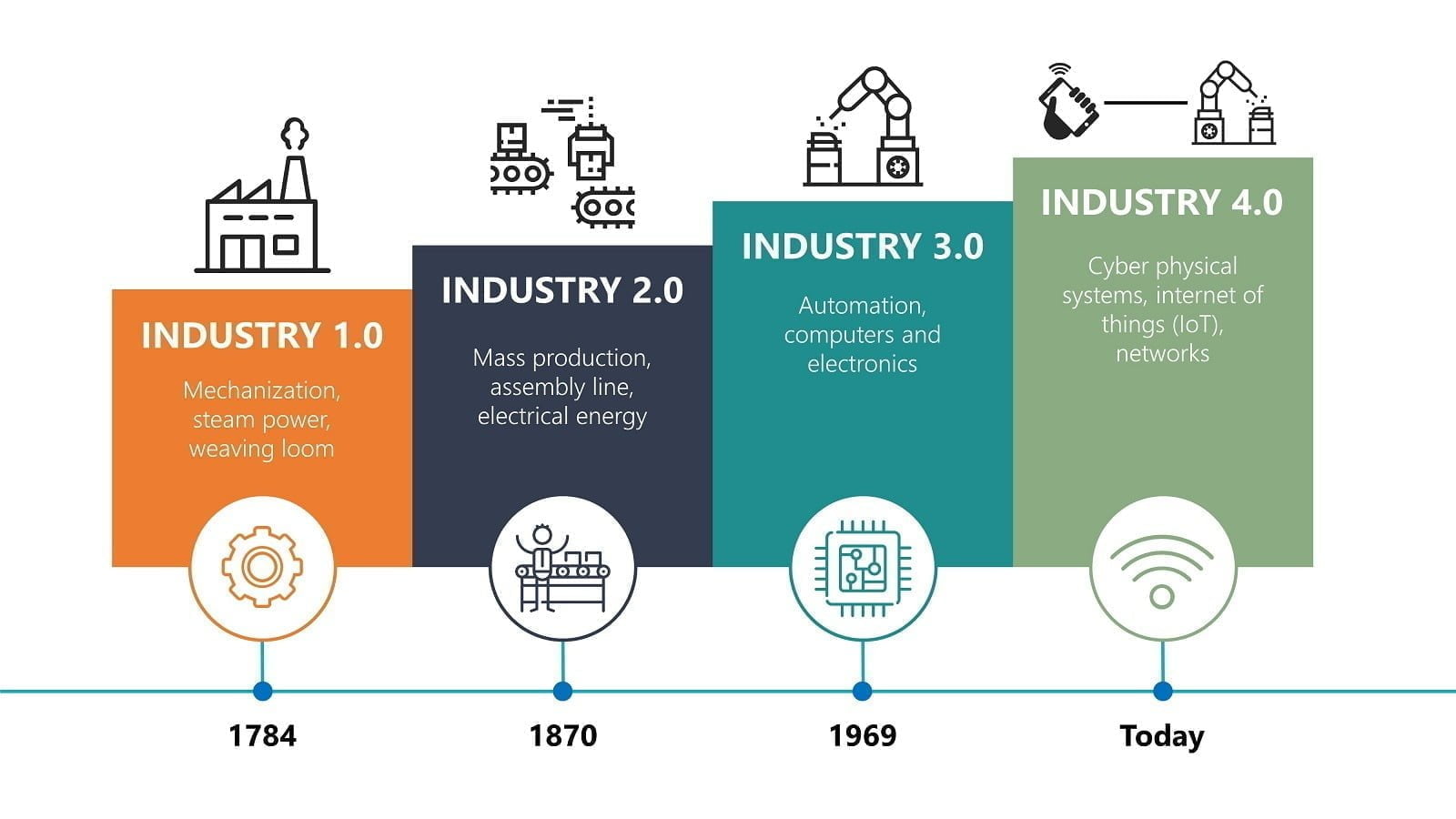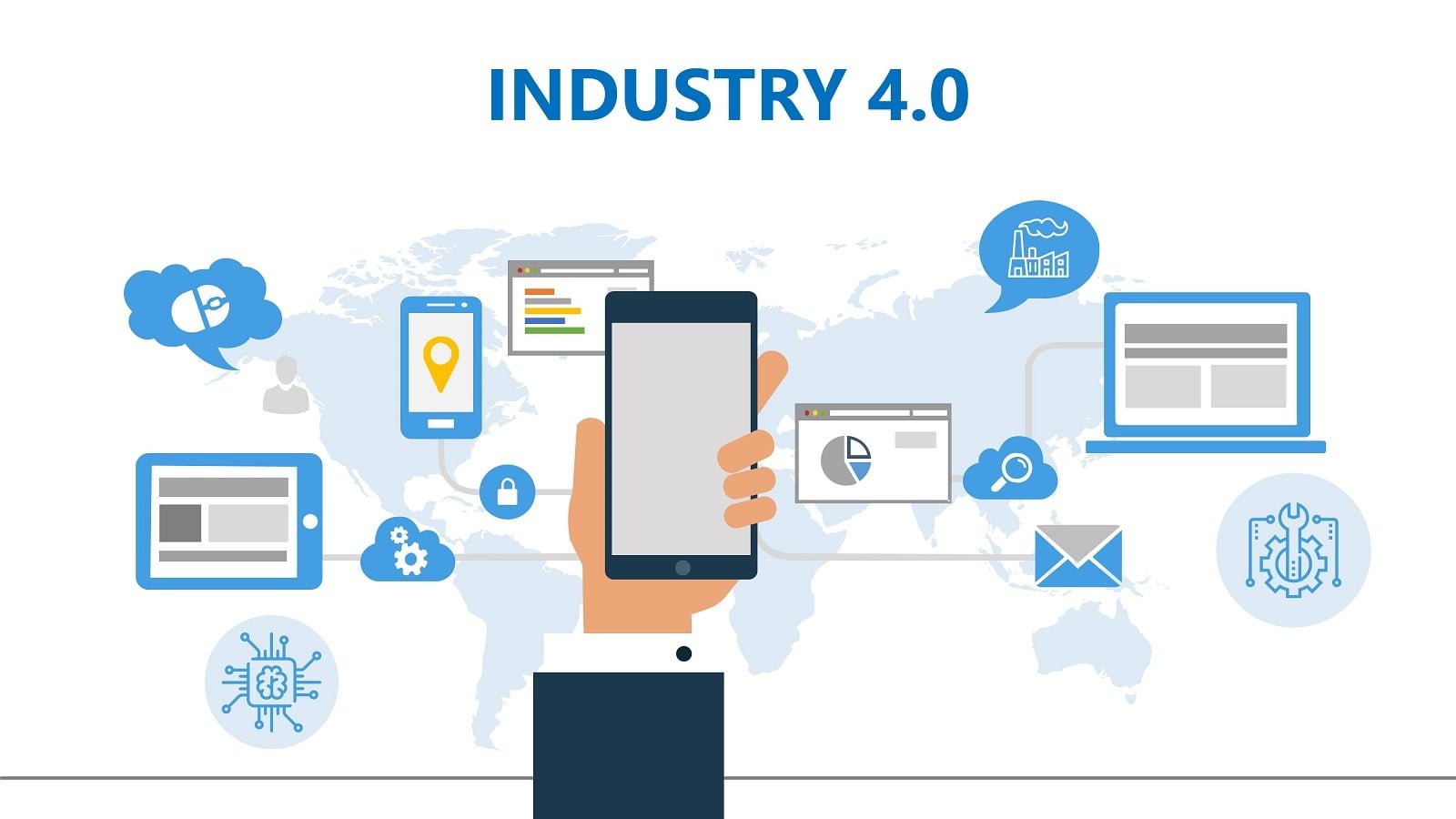Manufacturing has been taken to a whole new level. As a matter of fact, Industry 4.0 is considered the fourth industrial revolution. A massive yet expected leap from computerization and automation to cyber physical systems. Simply put, machines finally get to communicate with each other and take actions based on provided information. Do you remember the American science fiction fantasy action films, Transformers, directed by Michael Bay? Well, some parts of it may no longer be so fictional and imaginary as we may like to think. The Hannover Fair of April 8, 2013 where the final report of the Working Group Industry 4.0 was presented may have created a serious paradigm shift.
Machines are being designed to establish connections with other machines in remote locations via the internet. These machines can be programmed to carry out some actions on their own based on the triggers they get from other devices. Actions and physical processes that used to require the presence of manpower can now be carried out intuitively by machines provided the right information is supplied. Thus a smart factory is created.
More than machine to machine (M2M) communication, these cyber physical systems can also interact with humans who are involved in the value chain in real time. Consequently, it becomes possible for you to get real time information from these machines about what is happening and where. On a screen, you can now monitor what is happening in your factory without being physically there. Key performance indicators and other important data can be collected for use from these machines by simply connecting to their network. Imagine what that means when you need to pitch products to clients or show production capabilities in any conference room to any set of stakeholders. With exceptional digital signage software like DataPoint, there can be possibilities of linking your reports directly to these machines and report current Intel to whomever, whenever.
In order to fully appreciate and understand the impact that Industry 4.0 can have, one must understand the four design principles that can help companies understand the features of Industry 4.0 and how it can suit their needs.
- Ease of communication and operation. This relates to the possibility for signals and data to be communicated between machines and people using the internet. It also addresses the possibility for remote control and action in case of an emergency. Can machines initiate processes on their own? Is it possible for humans to interfere with these processes when necessary?
- Accessibility of information. Feeding sensor data to digital plant models makes it possible for information systems to replicate virtual versions of physical realities. This is impossible without the assemblage of sensor data to a form that can be interpreted by other digital devices. Majorly, you are finally able to decipher the information and use it for diverse purposes.
- Technical Support. This deals with the ability of machines to collect information and interpret it for decision making. Hence, a machine will be able to tackle emergent situations almost instantly. Additionally, processes and tasks that may endanger human life can be carried out by cyber physical systems. Humans may not be able to provide the needed power to perform certain tasks and even if they do, the unpleasant nature of those tasks may repulse humans but not machines.
- Except for cases where there are conflicting goals, decision making in Industry 4.0 is decentralized so that these cyber physical systems can make their own decisions based on the signals and data they receive.
With all of this fuzz about Industry 4.0, it is not without its own risk and challenges.
- Chief among them is the issue of IT security. Now that robots will control machinery remotely, it becomes prone to hacking and the issue of security will have to be taken seriously. Proprietary production knowledge, once transmitted via the internet for action by a robot becomes vulnerable too.
- The communication between machines also need to be reliable and stable. When information is passed via the internet, loss time needs to be almost zero because machines are about precision. If there is a lag of even about a microsecond, it can spell doom for the entire smart factory.
- There is the tendency that many high paying jobs will be lost because their roles will become redundant. On the flip side, the technical prowess needed to fully implement industry 4.0 is still in short supply. So, start learning to get ahead.
- Generally, stakeholders are usually averse to change and if the decision makers do not make a commitment to explore Industry 4.0, we may have to wait a little longer. Its inevitability is however written on the wall already.
Barring legal issues that may need to be addressed, one thing that is certain is that the benefits inherent in Industry 4.0 far outweigh the risks involved.
Undoubtedly, big data analytics is a major player in Industry 4.0. DataPoint industrial edition will ensure that at least four of the 6Cs that give Industry 4.0 a momentous fighting chance are provided. These are:
- Connection
- Content and Context
- Community and
- Customization
The other two Cs are Cloud and Cyber.
Owing to the fact that DataPoint Industrial edition can read data from Object Linking and Embedding for Process Control (OPC), it can serve as the liaison between robots and the information screen. Basically, it is digital signage for the industry. You can display data from OPC in real time on your screen.
With OPC, DataPoint Industrial Edition and PowerPoint in place, connections between sensors and networks are established. Content can be transferred having being deciphered to give meaning to the recipient and show how it relates to your KPIs. This information can then be shared with all who need it for action, man and machine alike. Where necessary, it can be interpreted and presented in a way that adds commercial value to your smart factory or project your smart factory to the world as a competitive edge.
Possibilities are endless for Industry 4.0 as it promises to change our perspective about work altogether. Its impact will go beyond factories to socio-economic impact, service models, additional professional training for staff, perpetuity in production, and security.
With enterprise going fully digital, the way organizations do business will surely have to change. More attention will have to be given to AIs, internet of things and internet of people, cloud computing and keeping the cyberspace safe.



